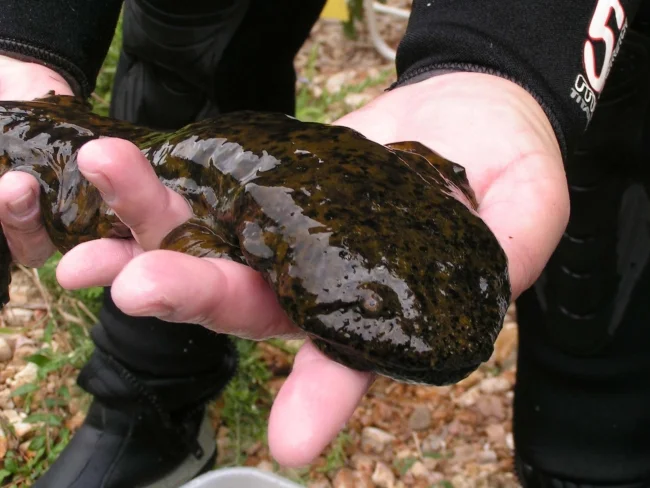
Proposed Changes to The Endangered Species Act: A Threat to Wildlife Conservation
As the realities of climate change and habitat destruction loom over our planet, a proposed rule change to the Endangered Species Act (ESA) is raising serious concerns among environmentalists and wildlife experts alike. A recent announcement by the U.S. Fish and Wildlife Service and National Marine Fisheries Service aims to redefine the term "harm" to exclude habitat modification, a move that critics warn could jeopardize the survival of various endangered species.
Arkansas Wildlife Federation Director Terri Lane is among those sounding the alarm. In an interview, she described the proposed change as a step backward in the ongoing battle to protect vulnerable species, such as the whooping crane and yellowcheek darter. Lane emphasized that, "Wildlife are in crisis; they depend on a network of quality habitat to survive." This resonates as the current definition of harm includes significant habitat modifications that disrupt vital behavioral patterns, such as breeding and feeding.

The proposed rule is not sitting well with Democratic senators, including Adam Schiff, Sheldon Whitehouse, and Cory Booker. They have expressed their concerns in a letter questioning the integrity of the proposed changes and demanding clarity on how the administration plans to protect endangered species if habitat modification is no longer considered harmful. "It is widely understood that a species cannot live without a safe place to call home," they stated, highlighting a critical dimension of the environmental law that, if ignored, may exacerbate the already precarious status of species like the Florida panther and spotted owl.
Environmentalists underscore that the alteration of the harm definition is not just a bureaucratic tweak but could potentially lead to a dramatic increase in species extinction rates. The previous judicial interpretations, including the Supreme Court's decision in Babbitt v. Sweet Home Chapter of Communities for a Great Oregon, affirmed a broader definition that included habitat alterations as a form of harm. Therefore, this proposed change could dismantle crucial protections that have been established over decades.
With a public comment period open until May 19, the stakes couldn’t be higher. Conservationists urge citizens to voice their opposition to what might soon become a legal shield for industries looking to exploit vulnerable habitats without accountability. As Lane notes, grassroots efforts must intensify to fill the gaps in protection and push for the conservation of essential ecosystems.

The decisions made today regarding the Endangered Species Act could reverberate for generations. What are your thoughts on these proposed changes? Are they necessary reforms to create clarity nationwide, or dangerous loopholes that put our wildlife at risk? We invite you to share your opinions in the comments below.